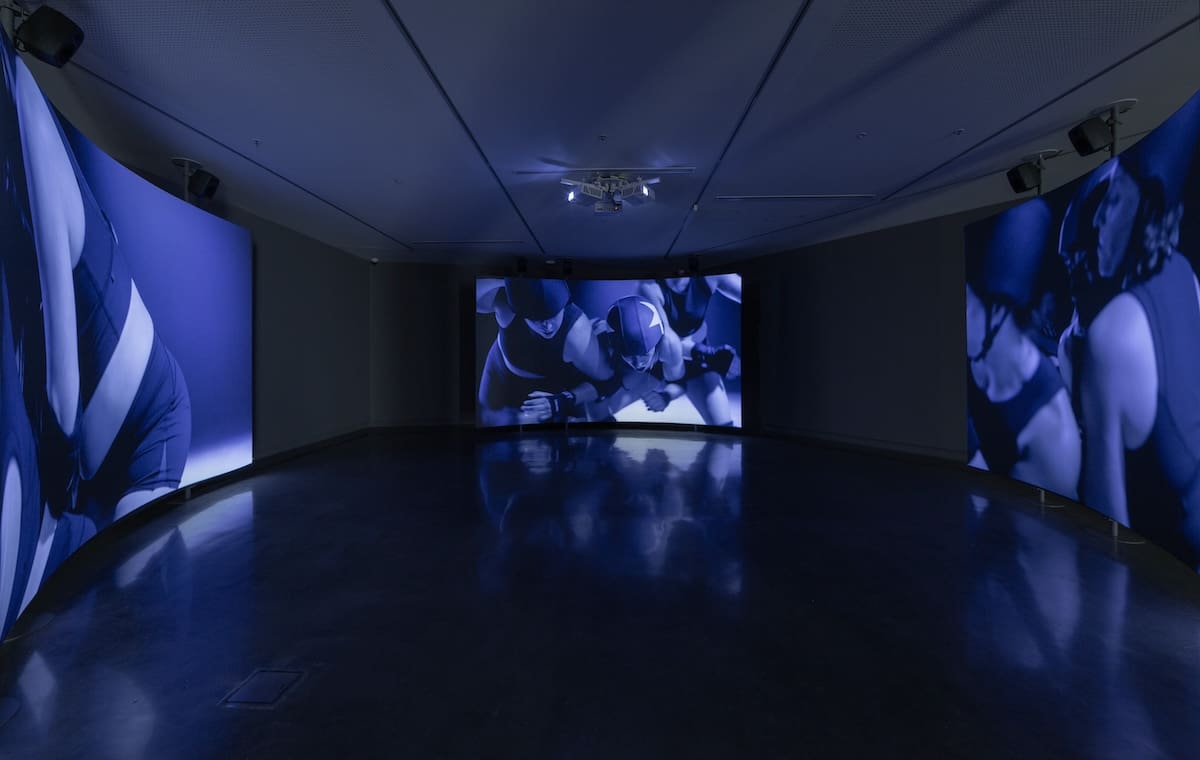
Place-driven Practice
Running for just two weeks across various locations in greater Walyalup, the Fremantle Biennale: Sanctuary, seeks to invite artists and audiences to engage with the built, natural and historic environment of the region.
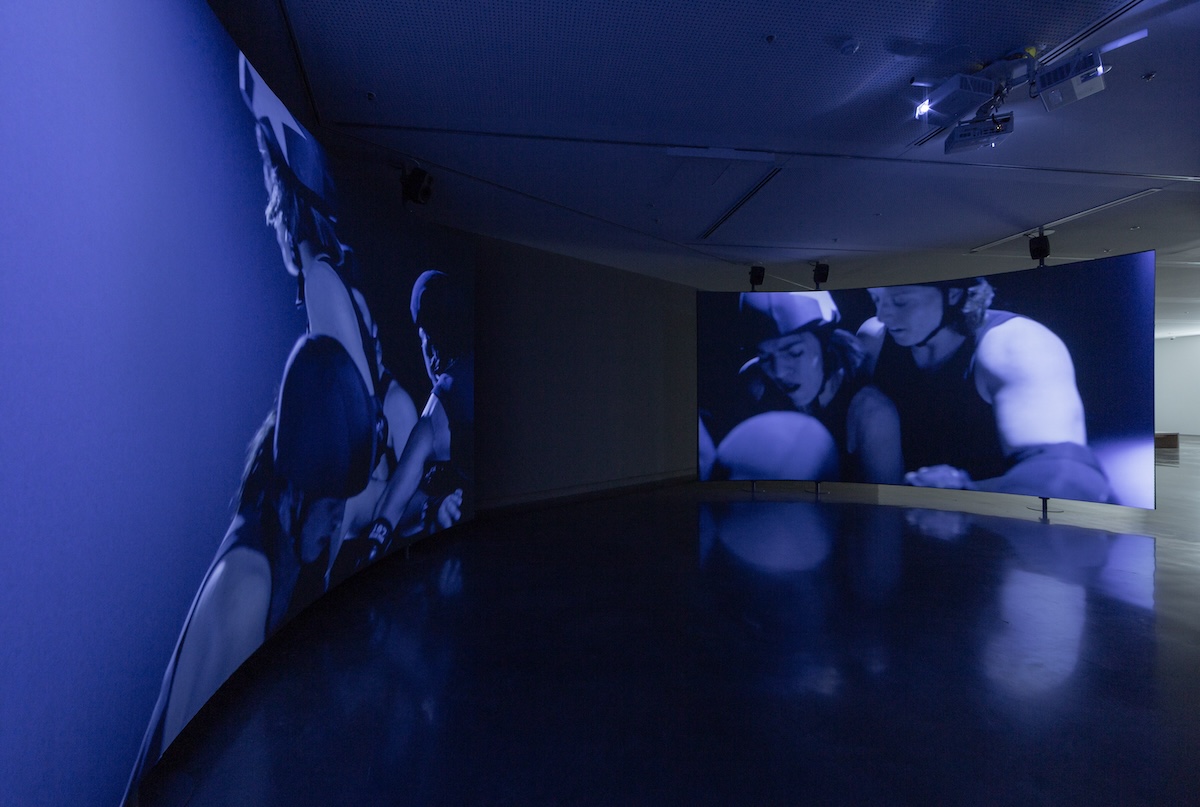
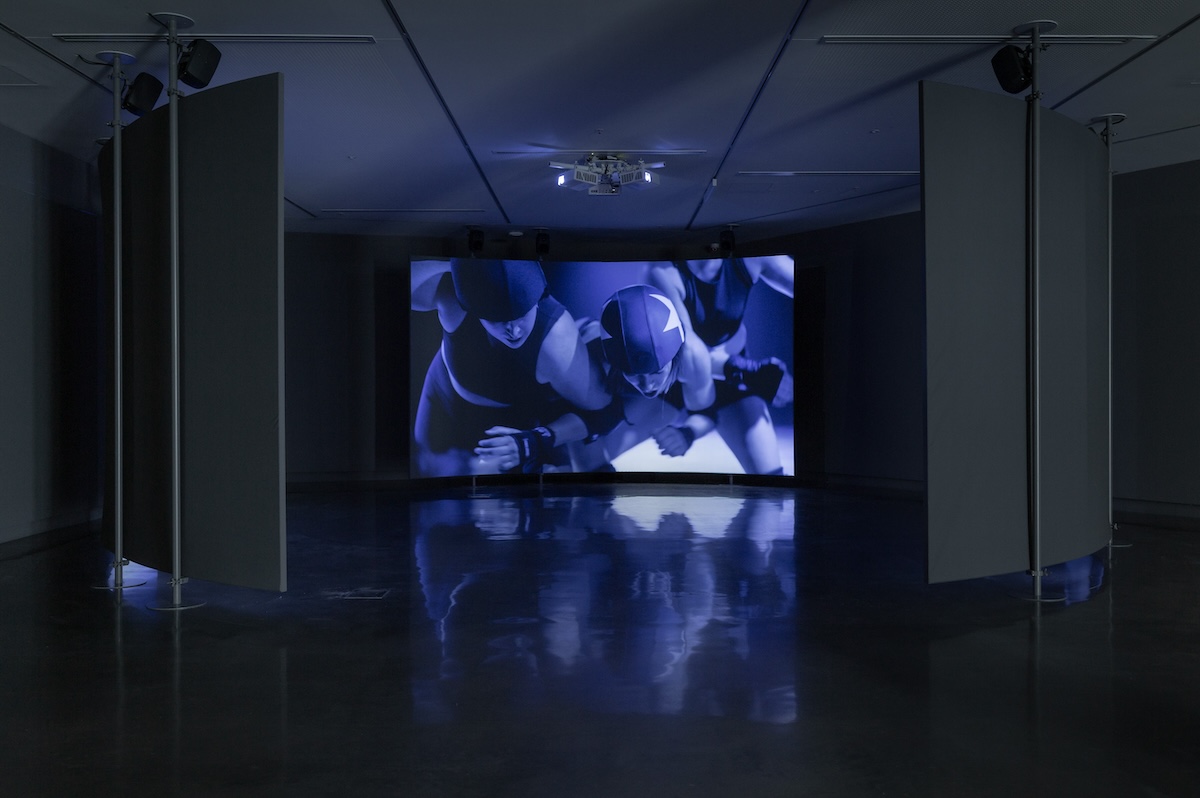

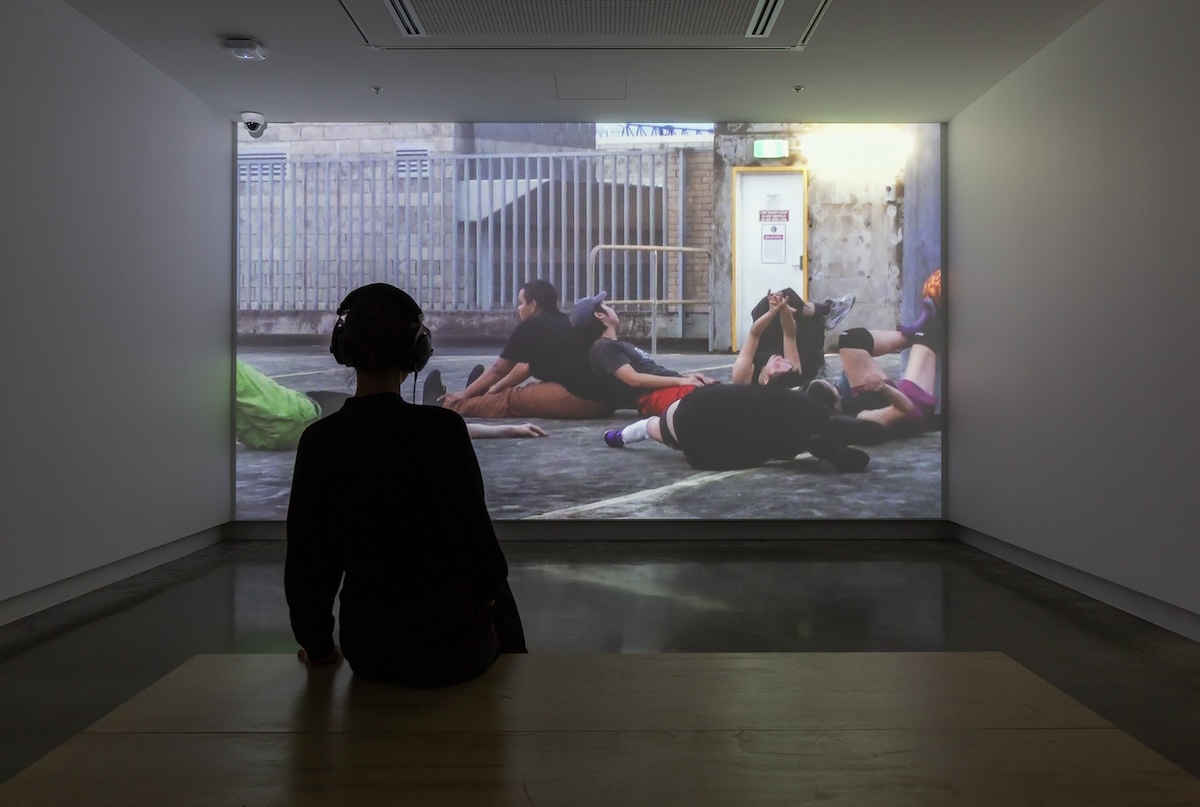
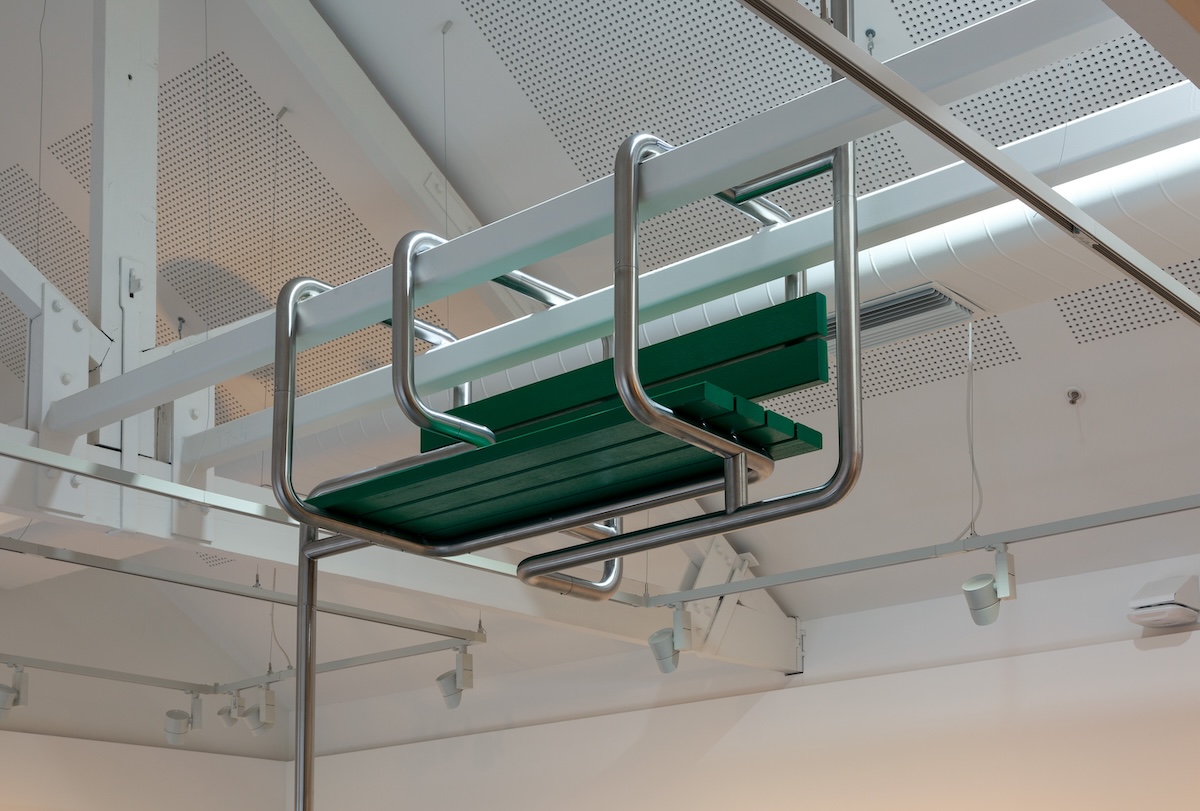
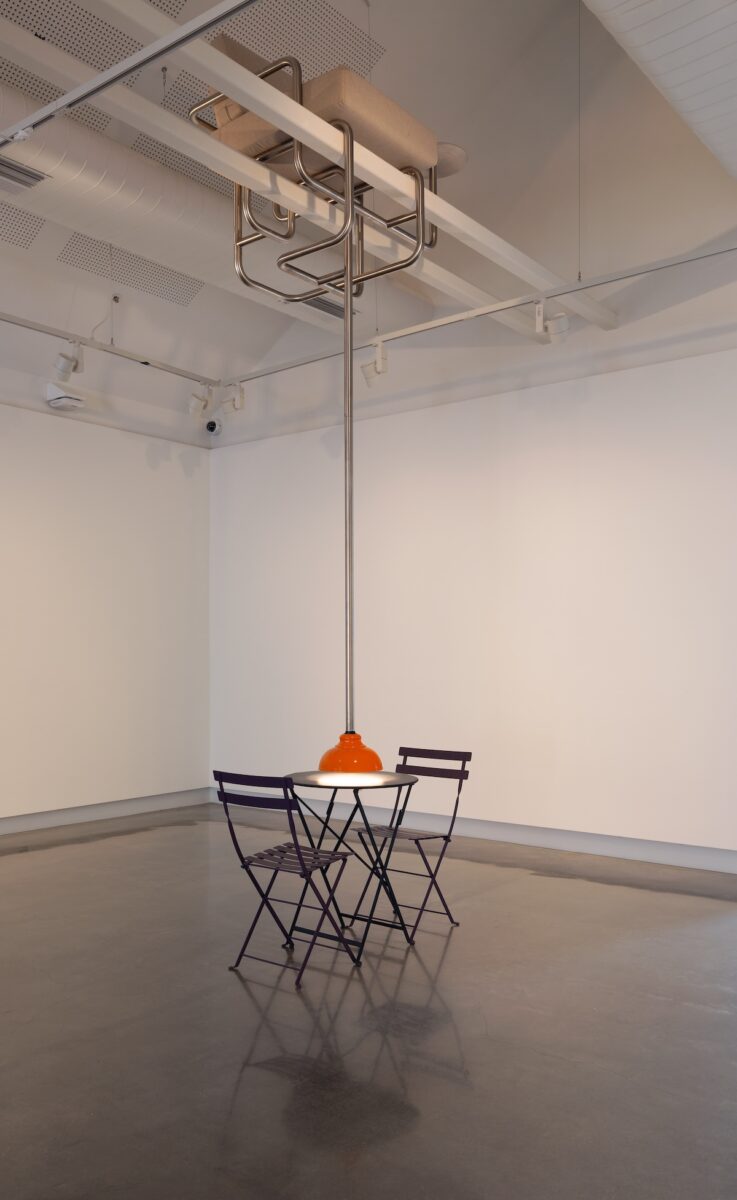
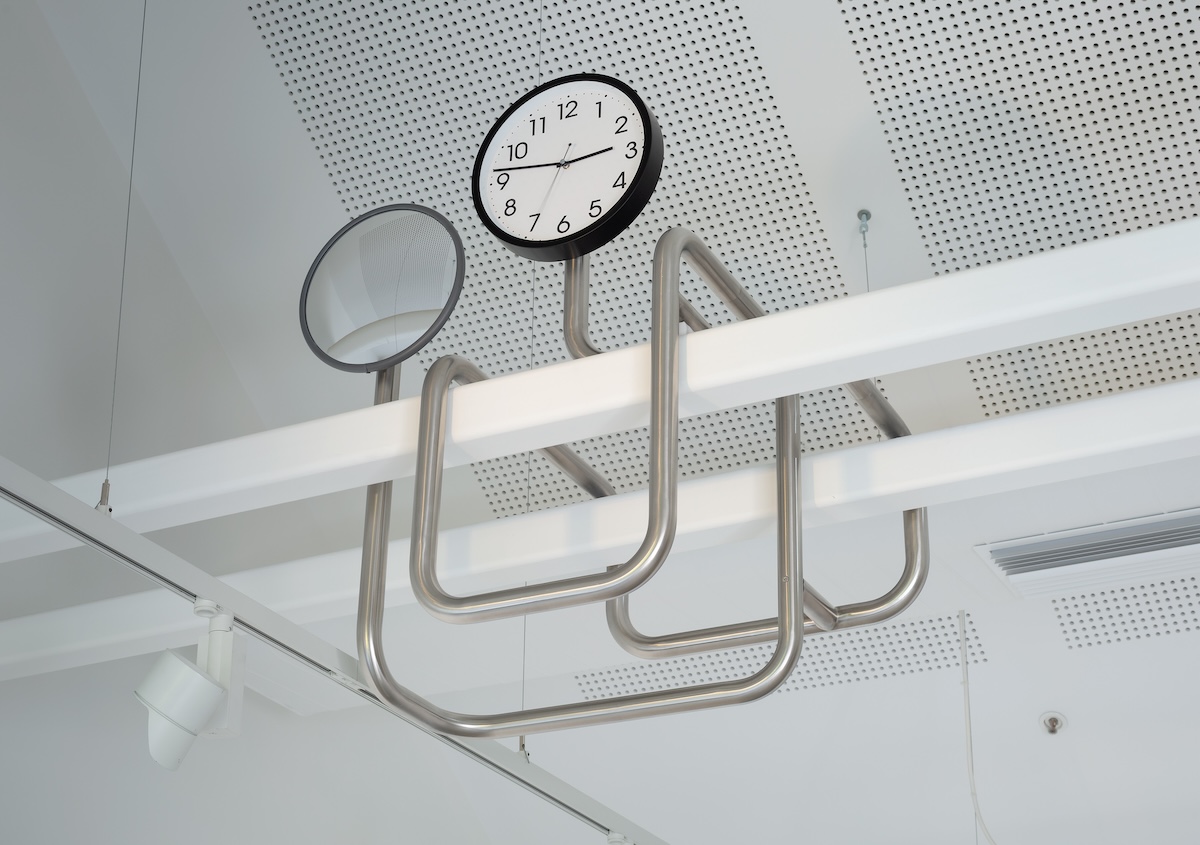
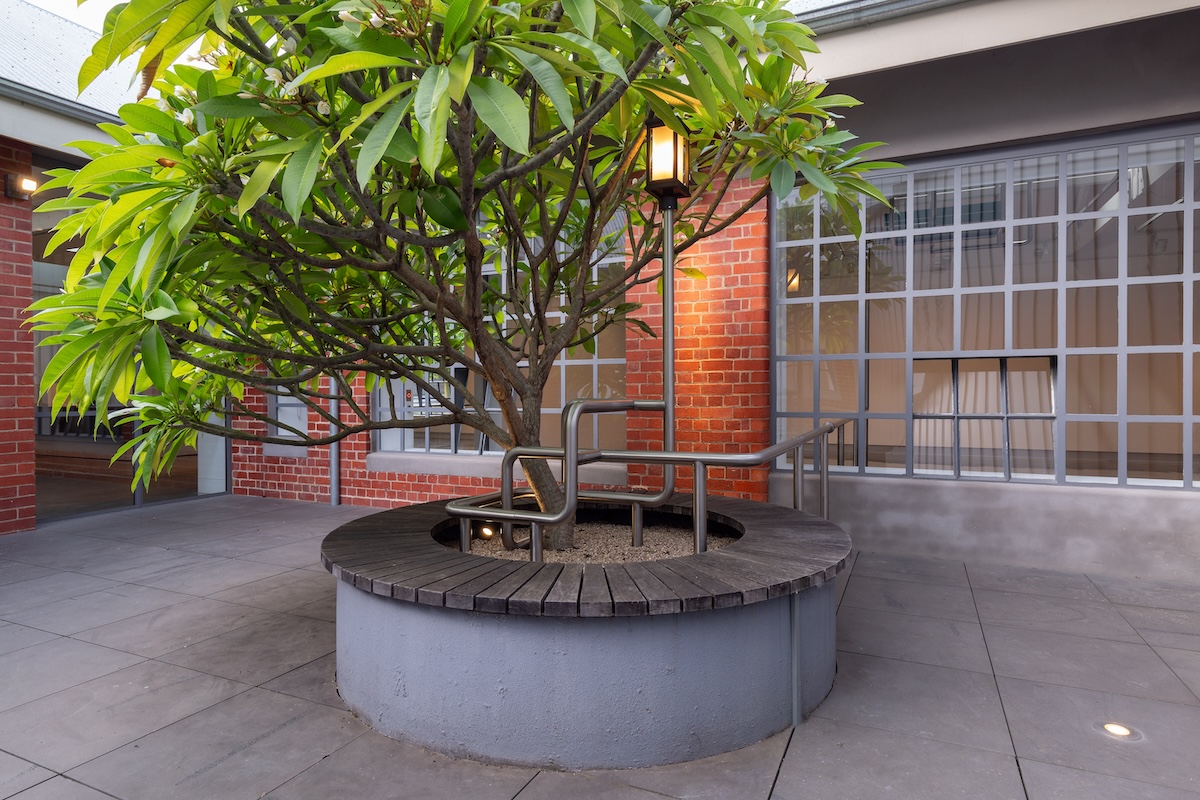
Movement and stillness are driving forces in the video and sculptural works of Cate Consandine. Immersive and tense, figurative and abstracted, encounters with Consandine’s art forces the viewer to become acutely aware of the limits and edges of their body in space.
This is particularly true of RINGER, Consandine’s new three-channel film work currently premiering at Buxton Contemporary. Filmed on a circular track with a combination of handheld and tracking cameras, RINGER is displayed across large-scale curved screens, taking up the entirety of the gallery’s cavernous second floor. To film RINGER, Consandine engaged players from the Victorian Roller Derby. She talks about this, alongside the female gaze as a continual point of exploration, film as sculpture, and the viewer as an active and embodied agent.
Cate Consandine: I was drawn to roller derby in the first instance because I have a connection to roller skating from when I was younger, so I understood the movement of the body, and also it’s quite inclusive: it embraces female and queer communities in really open ways. But more specifically I was interested in the way that violence is enacted in the space of roller derby. It’s very intense; it’s fast, it’s gritty, it hurts. But the way that I understood it, female and queer players were consensually entering into the contract of the game to externalise violence and rage. It is this tensile force and physical contact between female players that I was interested in tapping into.
Roller derby is a really interesting sport. It has a circular logic because it’s played out in an arena around a circular track. This was another entry point as I was interested in how this logic can be related to the body and sculpture. You have to move around a sculptural work to make it, and I see that movement as a choreography, a tensile interaction between the artist and the material. Often my sculptural works are figurative, so I am working body to body. I always think of the haptic relationship, the pressing of the hand and the way the material pushes back. And when a viewer comes into the space, they’re reenacting that same choreography a second time as they begin to turn around the work. This idea of turning and the circular logic has sat in my work for many years. That’s something I keep coming back to, and for every turn, there’s a return—and a continuous moment in terms of the way that a work is experienced and moved through and around.
Amelia Wallin: There is an inversion happening here. Typically, the audiences’ body moves around three-dimensional sculpture, but in RINGER the work moves around the audience. The curve and placement of the three screens means that the viewer can never see all screens at once. Yet despite this refusal, there is a kind of holding of the viewer within the space.
CC: I presented RINGER on three curved screens as I wanted the encounter with the viewer to be at the centre. Perhaps the viewer is a pupil, like the center of an eye. The pupil is not a fixed point, it’s an embodied system that responds to shifting conditions of light. Our bodies are always destabilising, or balancing and rebalancing, and so to place the viewer in the centre of three screens, where the action is turning around them, they’re immediately shifted outside of a fixed or ocular-centric perspective. They become partial and peripheral, as the work asks them to shift to try to catch passing images or movements. This is the kind of gaze that I would claim as a female gaze. A gaze which is partial, peripheral, sensing, psychic, alert, tensile.
AW: This female gaze is a through line in your practice. I can see many threads from other elements of your work coming together here, but also points of departure.
CC: Some of these ideas can be traced back to my work in the early 2000s, such as Cut Colony. I think this female alertness or the peripheral gaze often starts from a space of fear. I remember even as a very young girl walking home from school where I would have a constant sense of who was around me, and I have continued to be very spatial in my sensibility. In RINGER you can’t ever really see the body. It’s so fast, it’s an impossible capture. There’s something that’s not fulfilled in this work. It keeps you in its hold, and it keeps moving you around.
AW: Can you describe the opening of RINGER?
CC: Three and a half minutes of the film is composed of a slow movement of shifting blue. I think of this blue as a filmic abstraction that sits within the broader work. An important influence here is the soviet filmmaker Andrei Tarkovsky in terms of holding a shot for a long period of time, and how a slow durational movement in cinema can be utilised to bring the viewer closer to the material language of the filmic medium itself. This slow cinema imparts its own temporal pressure. A haptic visuality or sensory transfer is also activated through the screen image. So again, I was thinking about film as sculpture, which Tarkovsky also talks about. That particular blue zone in RINGER is cinematic to me. It’s a vibration of colour that
functions like a sculptural shaping of light and movement to curved screen. Even before you enter the work there’s so much empty space around it which creates a unique approach and a feeling that maybe there are things missing. Things felt but not entirely seen.
AW: What do you hope audiences take away from RINGER?
CC: I want the viewer to be able to meet the complexity of the female gaze. In one moment the work might feel confronting or painful, in another it might become sensual. To me the violence in RINGER is about both pleasure and pressure. The work seeks to activate multiple and shifting registers in this way, towards a complex understanding of human experience. There might be shifts in the body that the viewer doesn’t necessarily feel immediately. Moreover, it is about what leaves with the viewer or what the viewer carries with them. Maybe there’s a quality of light, or there’s another effective moment that takes you back to the work. And then the work takes you outside into the world. But it’s felt through the body, and that body is not just physical, it’s psychological and emotional and at times psychic, and not just within the situated space of the work, but beyond that situated space.
The same crowd never gathers twice
Buxton Contemporary
On now—13 October
This article was originally published in the September/October 2024 print edition of Art Guide Australia.
